 Safaris
Bergsteigen
Wandern
Inselwandern Weltweit
Safaris
Bergsteigen
Wandern
Inselwandern Weltweit
 Europa
Inselwandern
Europa
Inselwandern
 Städtewandern
Städtewandern
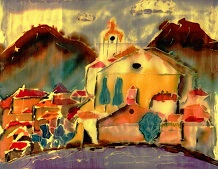 Paintings
Paintings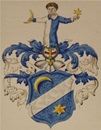 Dirk Rauschenbach
Dirk Rauschenbach
 Safaris
Bergsteigen
Wandern
Inselwandern Weltweit
Safaris
Bergsteigen
Wandern
Inselwandern Weltweit
|
 Europa
Inselwandern
Europa
Inselwandern
|
 Städtewandern
Städtewandern
|
 Paintings
Paintings |
 Dirk Rauschenbach
Dirk Rauschenbach
|
|
zurück Barcelona Gaudi Sagrada Familia
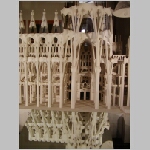
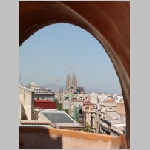

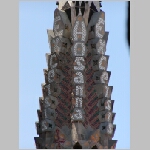
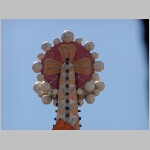
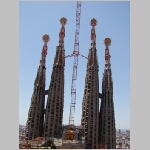
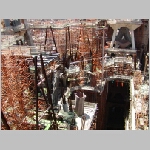
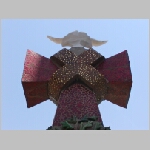
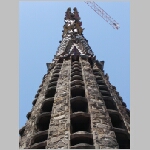
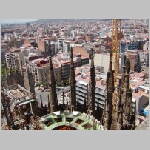
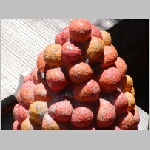
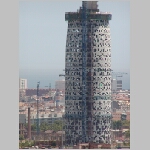
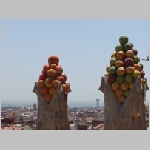
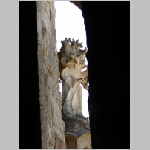
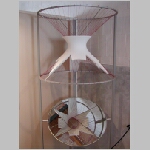
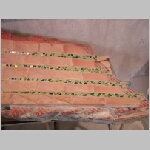
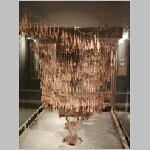
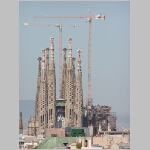
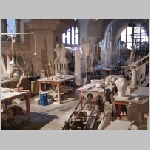
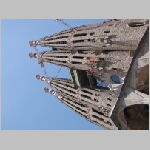
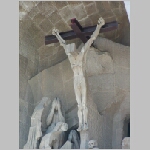
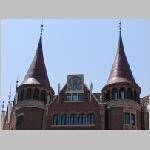
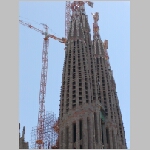
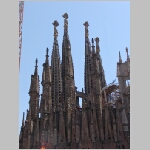
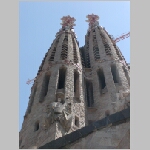
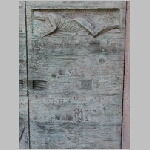
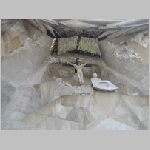
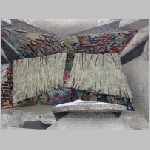
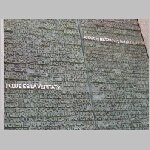
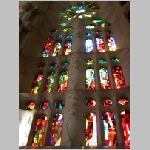
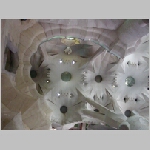
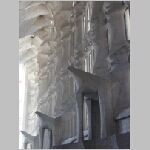
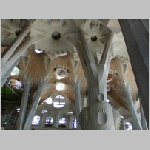
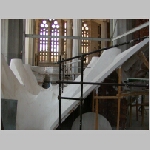
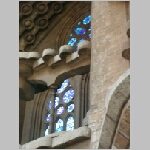
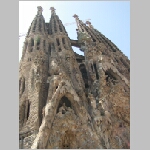
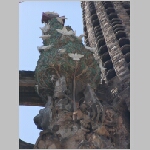
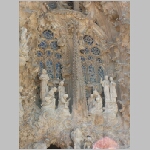
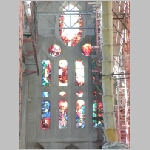
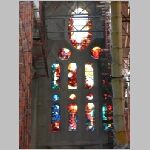
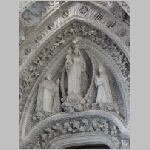
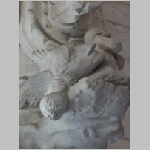
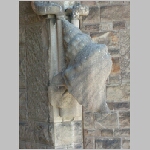
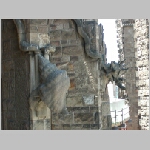
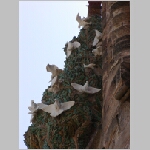
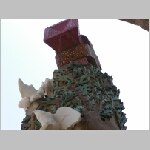
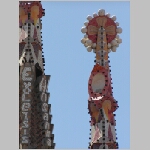
The Sagrada Família is Antoni Gaudí’s magnum opus and one of the most
extraordinary basilicas in the world — an architectural icon of Barcelona and a
symbol of Gaudí’s genius.
Basic Facts about the Sagrada Família:
Full
name: Basílica i Temple Expiatori de la Sagrada Família (Basilica and Expiatory
Church of the Holy Family)
Location: Barcelona, Spain
Designer:
Antoni Gaudí
Construction started: 1882
Gaudí involved: 1883–1926
(he dedicated the last 15 years of his life exclusively to it)
Still
under construction — Expected to be completed in the 2030s
🌟 Key
Features of the Sagrada Família:
1. Three Facades:
Nativity Façade (East):
The only one completed in Gaudí’s lifetime. Full of life, nature, and Christian
symbolism.
Passion Façade (West): Stark and dramatic, depicting the
suffering and crucifixion of Christ.
Glory Façade (South, still under
construction): Will represent Christ’s glory and the path to God.
2.
Towers:
Planned: 18 towers
12 for the Apostles
4 for the
Evangelists
1 for the Virgin Mary
1 central Jesus Christ tower
(will be 172.5 meters — making it the tallest church in the world)
Towers
are visible from all over the city and are shaped to resemble spires or natural
rock formations.
3. Interior Design:
A forest-like structure with
branching columns and stunning stained glass windows that create a symphony of
color and light.
Gaudí combined Gothic and Art Nouveau styles with
inspiration from nature, geometry, and Christian symbolism.
🏗️ Ongoing
Construction:
Construction has been funded entirely by private donations and
ticket sales.
Even unfinished, it was consecrated by Pope Benedict XVI in
2010 as a minor basilica.
Here’s a detailed overview of Antoni Gaudí’s
Sagrada Família, synthesizing key information from the search results:
1.
Overview
The Basílica i Temple Expiatori de la Sagrada Família is an
unfinished Roman Catholic church in Barcelona, Spain, designed by Catalan
architect Antoni Gaudí (1852–1926). It is the largest unfinished Catholic church
in the world and a UNESCO World Heritage Site (since 2005, as part of "Works of
Antoni Gaudí")13. Construction began in 1882 and is projected to be completed by
2026, the centenary of Gaudí’s death, though decorative work may continue until
2034110.
2. Architectural Significance
Style: Blends Gothic Revival,
Art Nouveau, and Catalan Modernism with organic forms inspired by nature (e.g.,
tree-like columns, hyperbolic vaults)710.
Innovation: Gaudí used catenary
curves (inverted hanging chains) to model structural forces, a technique ahead
of its time10.
Symbolism: The 18 planned towers represent the 12
Apostles, 4 Evangelists, the Virgin Mary, and Jesus Christ (172.5m tall, the
tallest)410.
3. Key Features
Façades:
Nativity Façade
(completed by Gaudí): Depicts Christ’s birth with intricate sculptures17.
Passion Façade: Stark, angular designs by sculptor Josep Maria Subirachs,
showing Christ’s crucifixion710.
Glory Façade (under construction):
Future main entrance, symbolizing humanity’s path to God7.
Interior:
Columns branch like trees, supporting a vaulted "forest canopy" flooded with
light from stained glass78.
Crypt: Houses Gaudí’s tomb and the original
19th-century chapel110.
4. Construction Timeline
1882: Project begins
under architect Francisco de Paula del Villar; Gaudí takes over in 1883110.
1926: Gaudí dies (only 15–25% completed); construction halts during the
Spanish Civil War (1936–1939), destroying many plans110.
2010: Pope
Benedict XVI consecrates the basilica, declaring it a minor basilica13.
2020s: Towers of the Virgin Mary (138m) and Evangelists (135m) completed; Jesus
Christ’s tower (172.5m) is the final focus210.
5. Visiting Information
Tickets: Timed entry required (€15–€20), funding the €25M annual construction
budget14.
Hours: Varies seasonally (e.g., 9:00 AM–8:00 PM in summer)4.
Highlights: Climb towers for city views, explore the museum, and attend Mass
(held Sundays)58.
6. Gaudí’s Legacy
Vision: Gaudí called the project a
"poem in stone," merging faith, nature, and geometry310.
Modern Tech:
Today, 3D printing and CNC milling aid construction while preserving Gaudí’s
designs810.
Cultural Icon: A symbol of Barcelona and modernist
architecture, attracting 4.5M visitors annually48.
For deeper insights,
explore Gaudí’s Gaudí House Museum in Park Güell or his other works like